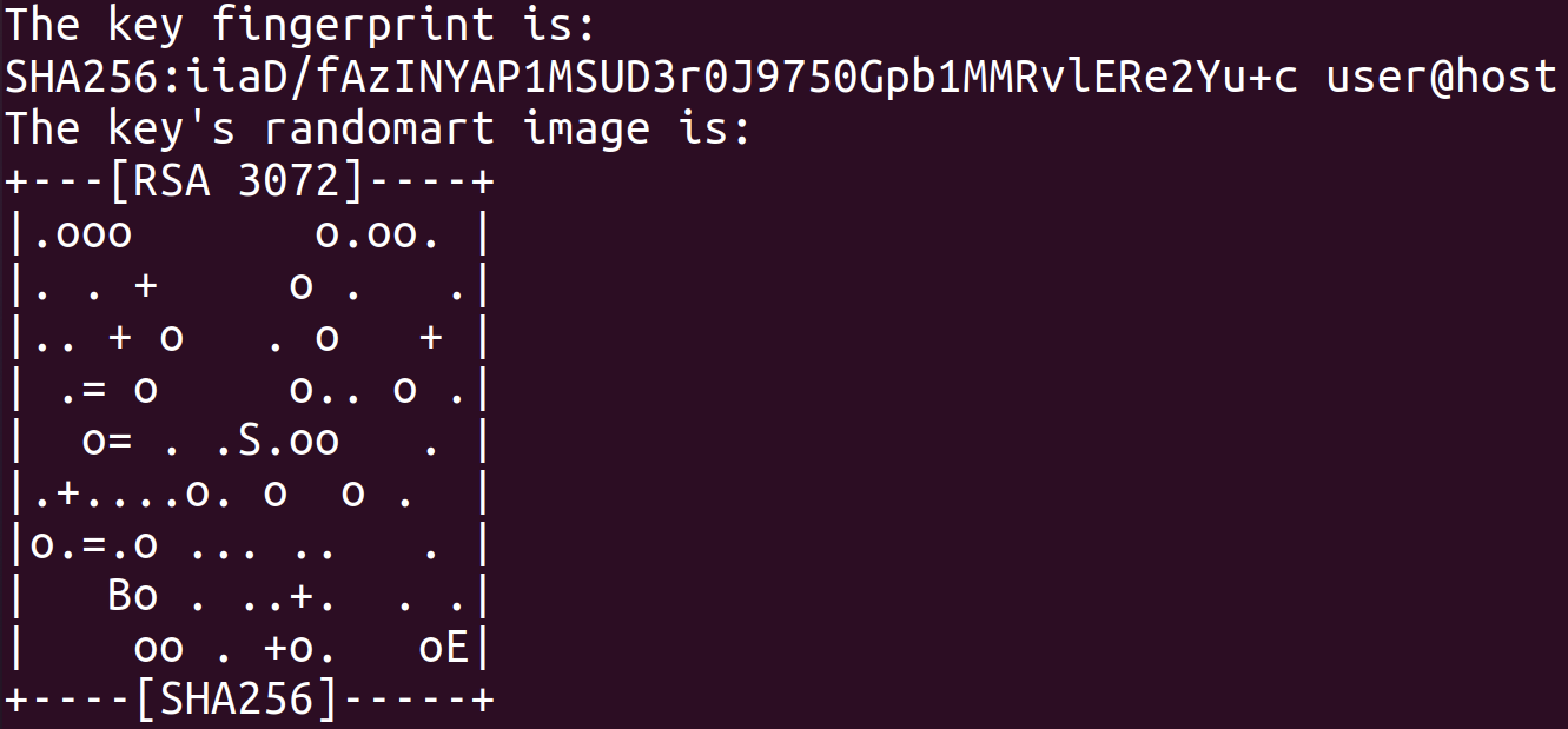

Public-key-based authentication differs between the two versions of SSH SSH 1.x uses an RSA key pair and SSH 2.0 uses a DSA key pair in addition to an RSA key pair. Setting up key-based authentication requires an RSA key pair (a private and public key) in addition to the host and server keys. Reinitializing SSH enables you to change the sizes of existing host and server keys.Īfter setting up SSH, you can enable or disable it to start or stop SSH service. The SSH setup process involves creating host and server keys. A few options enable you to control password-based authentication and public key authentication, control access to a storage system, and assign the port number to a storage system. If your storage system does not have SSH enabled, you can set up SecureAdmin to enable secure sessions using SSH. You determine the size of the host key, and Data ONTAP generates the host key when you configure SecureAdmin. SSH uses the host key to encrypt and decrypt the session key. F-Secure SSH client version 7.0.0 on UNIX platforms.
Decode ssh rsa key windows#
Decode ssh rsa key full#
Then grant your Username Full Control of the file.The Secure Shell (SSH) protocol performs public-key encryption using a host key and a server key. Save private key %userprofile%\Documents\username.ppkĮnter Hostname/IP address of the server then under Connection->SSH->Auth select Browse and point to your %userprofile%\Documents\username.ppk keyĭisable Inheritance of the id_rsa file and Remove all inherited permissions from the object. Load an existing private key file from %userprofile%\Documents\id_rsa select All Files (*.*) to view all files Start C:\Program Files\PuTTY\puttygen.exe If you are using PuTTy convert the private key to the format that PuTTy uses. Copy the private key from the host to your windows OS computerĥ. % cat /home/user/.ssh/id_rsa.pub > /home/user/.ssh/authorized_keysĤ. Generate the user public/private rsa key pair and provide a passphrase for the keyĮnter file in which to save the key (/home/user/.ssh/id_rsa): Login on the server using the User which is member of the wheel group.Ģ. When you create a USER certificate/key THEN use the passphrase it's located under ~/.ssh/ġ.

Or when you generate the key at the first time do not specify the passphrase.

Openssl rsa -in privatekey.key -out unlocked_privatekey.key You can unlock it manually and then point ssh to use the unlocked private key using the following command: Your host private key is locked using passphrase and when the ssh try to read it can't unlock it.


 0 kommentar(er)
0 kommentar(er)
